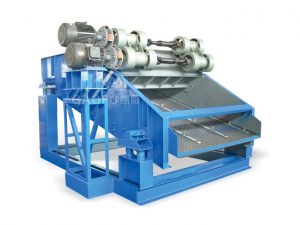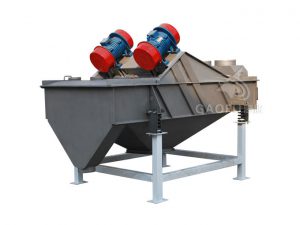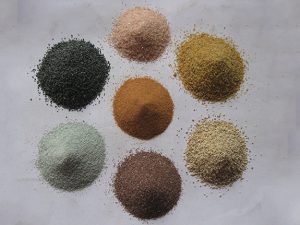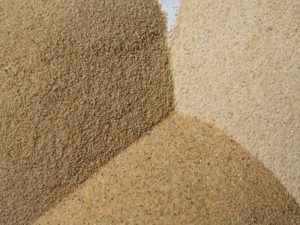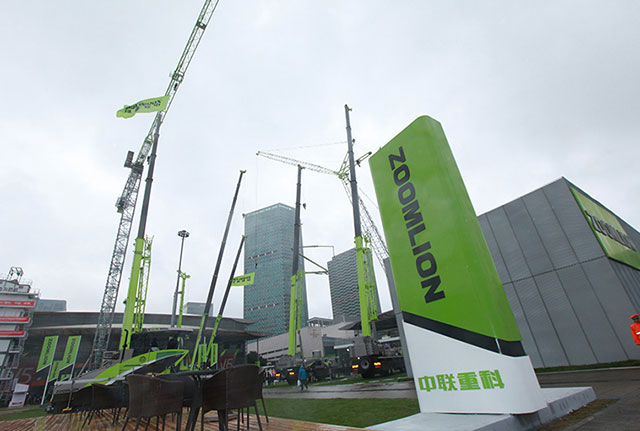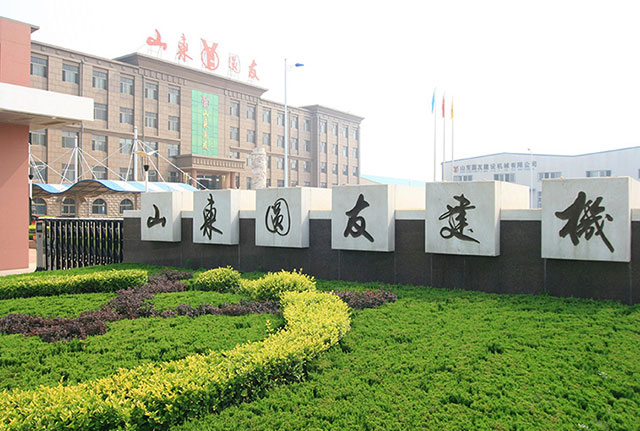
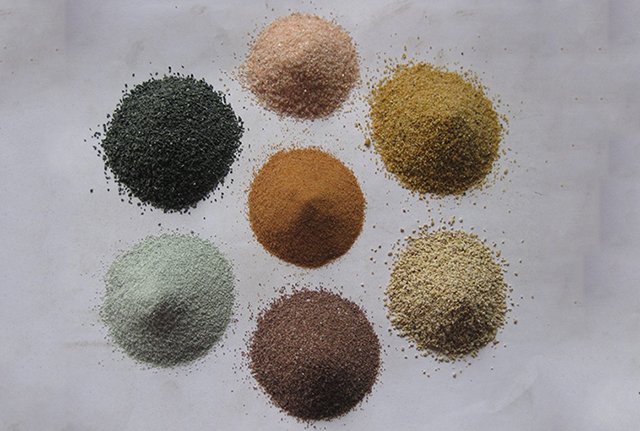
Dry mortar
ConsulationDry mortar introduction
Dry mortar refers to a granular or powdery form of dry-sieged aggregate (such as quartz sand), inorganic cementitious materials (such as cement) and additives (such as polymers), which are physically mixed in a certain proportion. It can be transported to the construction site in bag or bulk form. After mixing with water, the material can be used directly. Also known as mortar dry powder, dry mix, some construction adhesives also fall into this category. Dry mortar plays a role in bonding, lining, protection and decoration in a thin layer in the construction industry. Construction and decoration engineering applications are extremely extensive.
Dry mortar production process
Dryer-feeder-coarse sieve-bucket elevator-probability sieve-distribution bin-metering spiral-automatic packaging
(1) Pre-treatment of sand:
Treatment divided into crushed sand and river sand. Broken sand treatment process: coarse material is transported from the sand mine, and then crushed, dried, (milled), sieved, stored. River sand treatment process: drying, screening. Some qualified manufacturers can directly purchase the finished sand, and then fill the cement, filler and additives into the storage bin or into the warehouse for storage;
(2) ingredients and weighing;
(3) mixing;
(4) Product packaging and transportation.
Dry mortar vibrating screener purpose:
One is a coarse sieve to remove impurities, and the other is a fine sieve multi-layer classification;
Effective analysis based on customer requirements:
- The first question to consider is what is the purpose of the customer screening with a vibrating screenmachine?
There are two types of dry powder mortar sieving, one is coarse sieving, that is, the impurities are removed, >5mm or >4.75mm on the sieve, and under sieve is the finished product, accounting for more than 95%. One is a fine sieve multi-layer classification, 4.75-3.35-2.36-1.18mm, we choose probability sieve mostly, single unit can achieve the maximum output.
- The size of the feed aperture?
The size of the feed aperture directly determines the model of the vibrating screen. If the feeding size is too large, the material flow rate is also large. If using small model vibrating screen, the material screening will be incomplete; if the feeding size is too small, the large model vibrating screen, it will result in a large part of the material not being evenly distributed on the screen surface;
Generally, the feed aperture size is less than 0.6mm, and the equipment of the linear sieve is generally selected;
The feeding size is between 80-150mm, generally 1000-1200mm equipment is selected; the machine model is generally not more than 1200mm during the selection process, so that it is more convenient to replace the screen and operate;
3.How much is the flow?
The flow rate is also the throughput, the amount of sieve that one set machine can deal with in an hour. This is calculated based on the aperture size of the material. The single probability sieve have large capacity, but it can’t sieve less than 0.6 mm. The linear screen has no limitation on the sieve hole, and the material coarse than 200 mesh can be sieved, but the output of the single unit is small. If the customer requires a production of more than 50 tons/h, the sieve hole is 1.2mm, we definitely recommended probability sieve;
Customer witness:
Combined gravity department
Shandong Yuanyou heavy Industry
Please feel free to give your inquiry in the form below. We will reply you in 24 hours.
E-mail: gaoful@zhendongshai.com

